Over 500 million people are afflicted by one or more of our target diseases.
Leave an indelible mark on the landscape of tomorrow.

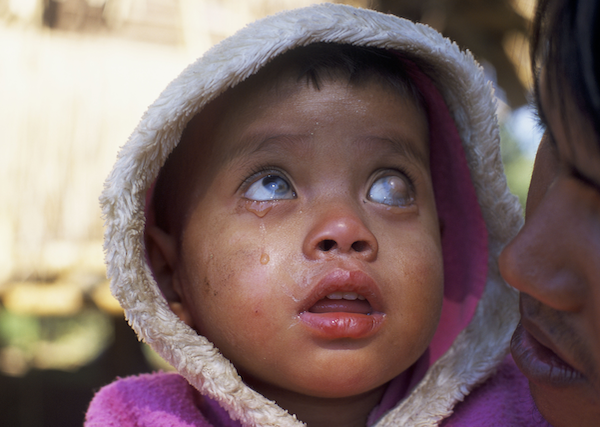
Vitamin A deficiency leads to eye disease in 5 million to 10 million children each year.
Out of these, 250,000 to 500,000 children become blind. Half of them will die within 12 months of losing their sight. In addition to blindness and associated mortality, Vitamin A (Vit A) deficiency can also cause abnormal lung development, anemia, diarrhea, infections, night blindness, and stunting.
Approximately 250 million children have hookworm.
Hookworm, whipworm, and roundworm are soil-transmitted helminths that can cause infections, with their severity depending on the type of worm and the person’s health. Hookworm is often the most serious, leading to anemia, tiredness, and long-term issues like malnutrition if untreated, especially in areas without access to clean water or sanitation. Whipworm can cause diarrhea, stomach pain, and growth problems in children, while roundworm can result in belly pain, intestinal blockages, and poor nutrient absorption. Fortunately, all three infections can be treated with albendazole (ALB).


Globally, 40 million people are carrying lymphatic filariasis (called “elephantiasis” in late stage).
South Asia currently has twenty-three million people with lymphatic filariasis (elephantiasis). With the majority of cases acquired during childhood, we treat the community with albendazole tablets in individually-packaged blister packs for community-based, mass drug administration.
How we do it…differently
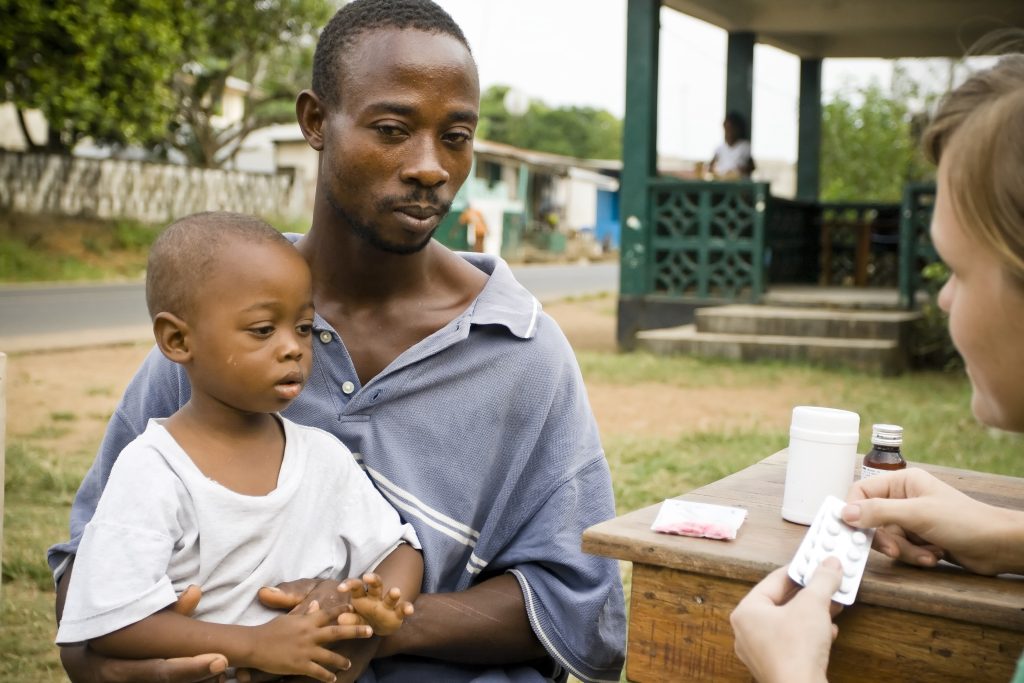
The usual approach to mass drug administration is to distribute tablets from shared bottles without labels or instructions. This results in ineffective coverage and lack of patient trust.
Our blister packaging uses appropriate dosage forms, optimal packaging, and labels and instructions in the correct languages. This increases the probability people will use the medicine, thereby improving the number of healthy outcomes.
The medications are either original name-brand drugs packaged in the U.S., or generic versions manufactured and packaged by a contract manufacturing organization after having been prequalified by the World Health Organization (WHO) as having the same quality and performance as the original drug.
We are able to provide such large amounts of medication because we manufacture in bulk – greatly lowering our costs – along with the willingness of name-brand manufacturers and contract manufacturing organizations to help our nonprofit cause.
Our Medicines
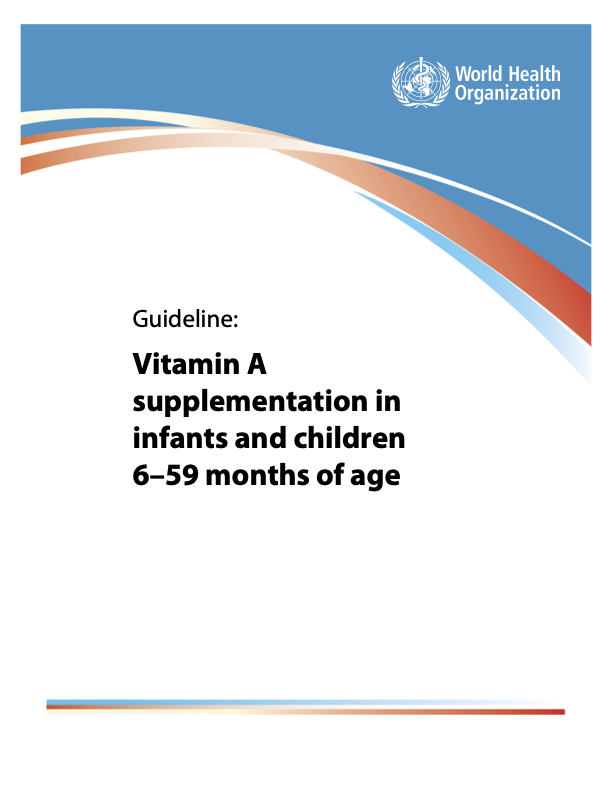
- Vitamin A for blindness and related mortality, respiratory disease, and other infections
- Blister-packaged soft gelatin capsules
- 100,000 IU capsules for infants 6-11 months of age
- 200,000 IU capsules for children 12-59 months of age
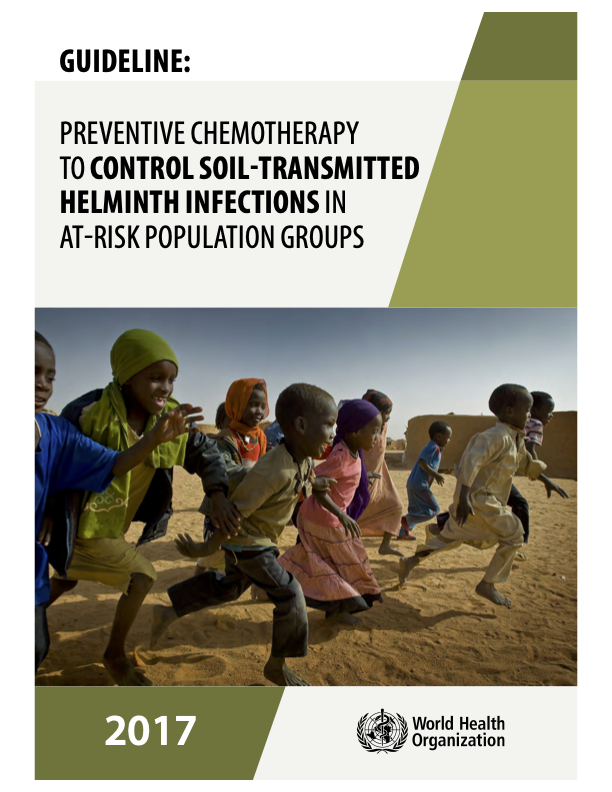
- Albendazole for soil-transmitted helminths, lymphatic filariasis, oesophagostomiasis, and strongyloidiasis
- Blister-packaged chewable tablets
- For soil-transmitted helminth infections: 200 mg tablets for children 12-23 months of age; 400 mg tablets for children 24-59 months of age
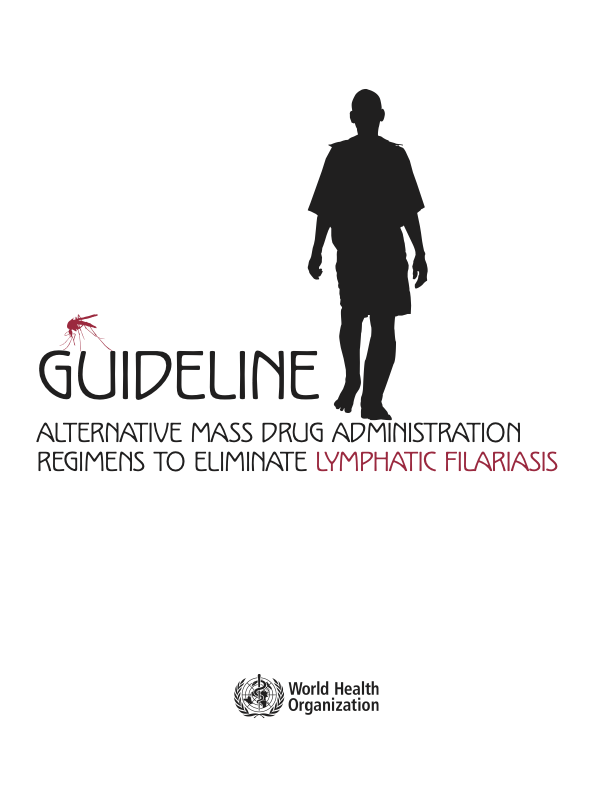
- Blister-packaged chewable tablets
- For lymphatic filariasis: 400 mg tablets for patients ages 2+ years, including adults (children <24 months are ineligible)
Where we are
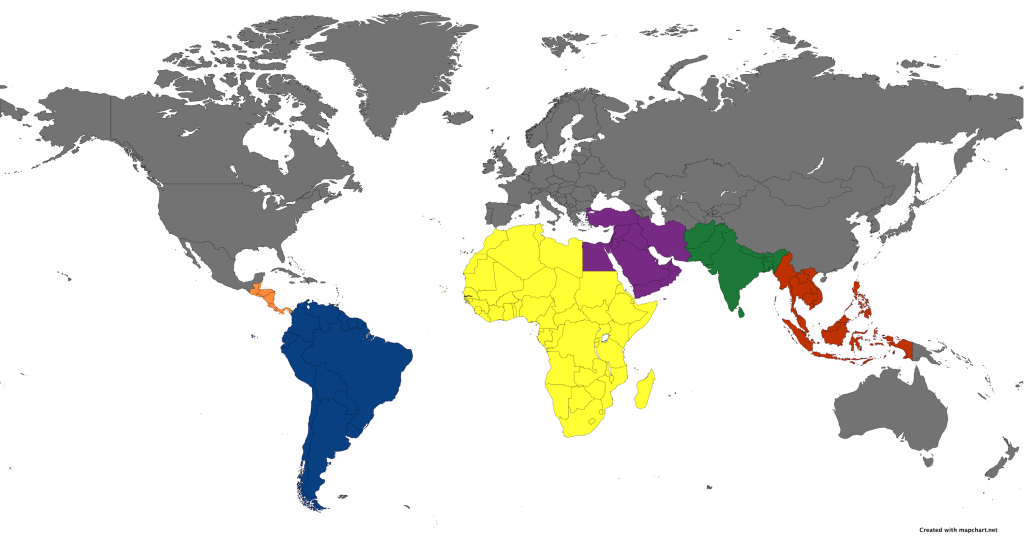
Over 500 million people are afflicted by one or more of our target diseases in the regions of Africa, Central America, South America, the Middle East, South Asia, and Southeast Asia. Children are disproportionately affected. We operate where the diseases are found, most commonly in rural, tropical and sub-tropical areas of these regions as well as in urban slums.
